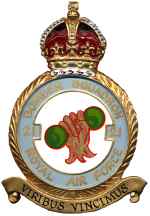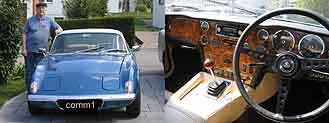erhard, that's all good advice - particularly doing the lessons, and saving a practice flight. A few other things worth mentioning:-
1. In normal flight, you would expect to use the stick to climb and descend, the throttle to adjust the speed. On a landing approach these controls are REVERSED. If the speed is too high or too low, raise or lower the nose a touch; if the rate of descent is too high or too low (500 feet per minute or so is what you need) add or reduce power.
2. Trim is very important. If you find that you are having to hold the nose high or low with the stick, adjust the trim - after a while, provided you've got the approach speed and the rate of descent right, you should be able to trim the aeroplane pretty well 'hands off', needing only the occasional adjustment.
3. One of the reasons that practice is essential is that your eye needs 'training' in judging the approach in two dimensions - height and distance. When practising, at first, set the ILS up anyway, even though you're not going to use it. Then click on 'Aircraft/'Visual Flight Path/Rectangles'. You'll find the correct glidepath all set out for you in red squares on the windscreen. Then practise getting the pitch, power, and trim right and you'll soon be 'on your way'.
4. Come to think of it, with a strange aeroplane, it's not a bad idea to fly an ILS approach anyway, first off, and mainly watch the instruments. That'll give you a pretty good idea of the correct power settings, rate of descent, and nose position for that model, help when you start landing VFR.

Simviation Forums
Flight Simulator and other chat





 "In theory, there is no difference between theory and practice. But, in practice, there is."
"In theory, there is no difference between theory and practice. But, in practice, there is."



 if I land on a ILS runway , I end up kicking myself as to why I can't keep everything perfect :( I can however keep the VASI lights red x2 and white x2 but thats my hang up....post complete...
if I land on a ILS runway , I end up kicking myself as to why I can't keep everything perfect :( I can however keep the VASI lights red x2 and white x2 but thats my hang up....post complete... 

